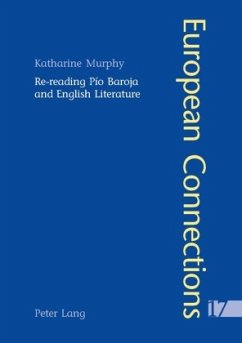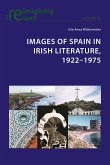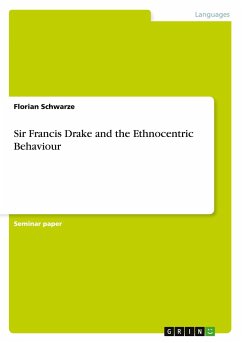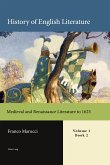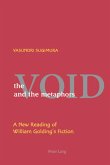This volume investigates a broad range of structural connections between PThis volume investigates a broad range of structural connections between Pío Baroja's early fiction and the novels of his contemporaries in England and Ireland, with prominence given to Joseph Conrad, Thomas Hardy, E. M. Forster and James Joyce. Starting from the premise that Spain has been neglected in studies which assess the evolution of the European novel at the turn of the twentieth century, and challenging the insular concept of the 'Generation of 1898', the author reassesses the relationship between Baroja and English literature.
Particular emphasis is given to renderings of consciousness, the role and identity of the artist, European landscapes, and questions of form, genre and representation in the novels under scrutiny. The book produces new readings of Baroja in the context of early twentieth-century English fiction.
Particular emphasis is given to renderings of consciousness, the role and identity of the artist, European landscapes, and questions of form, genre and representation in the novels under scrutiny. The book produces new readings of Baroja in the context of early twentieth-century English fiction.
«This perceptive, well-written book is a welcome and valuable addition to the ongoing scholarship that is reshaping the way in which we read, study, and think about Pío Baroja and his Spanish peers in relation to contemporary European aesthetics.» (Marsha S. Collins, Bulletin of Spanish Studies)

